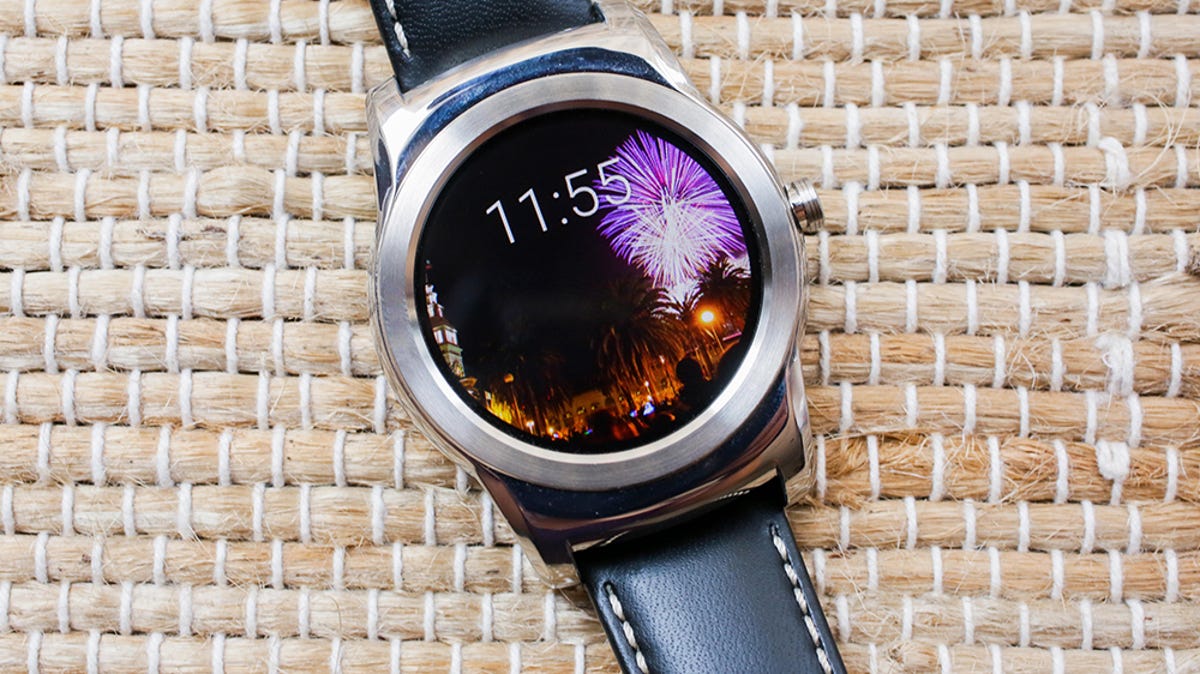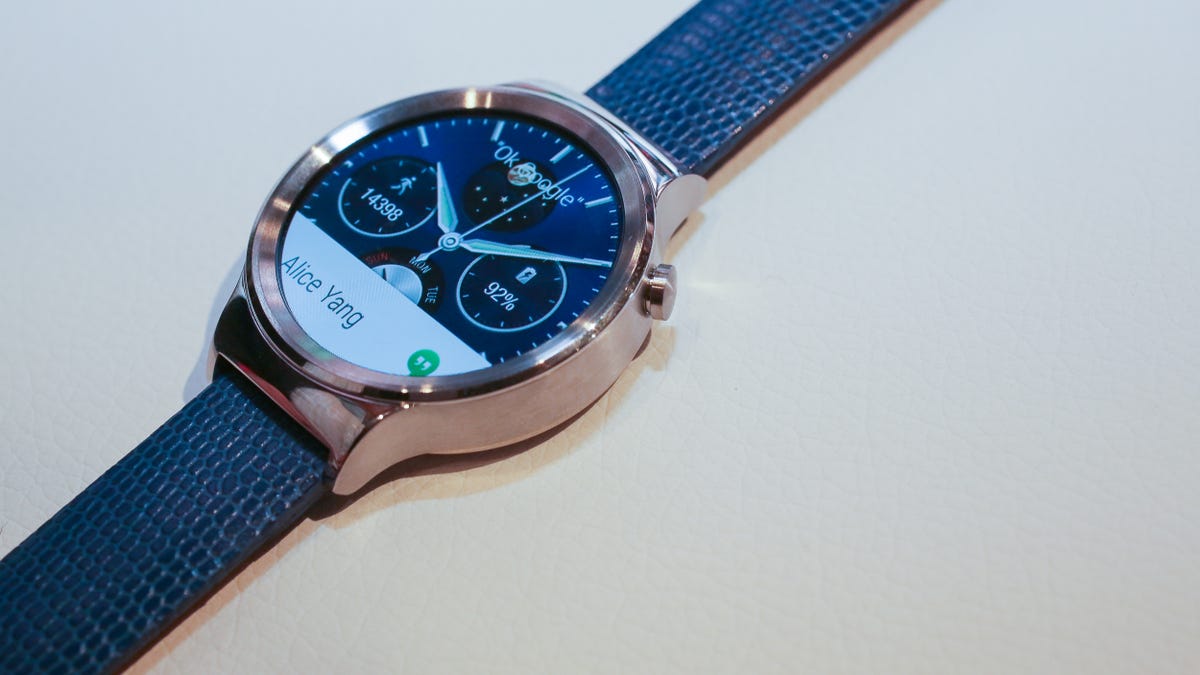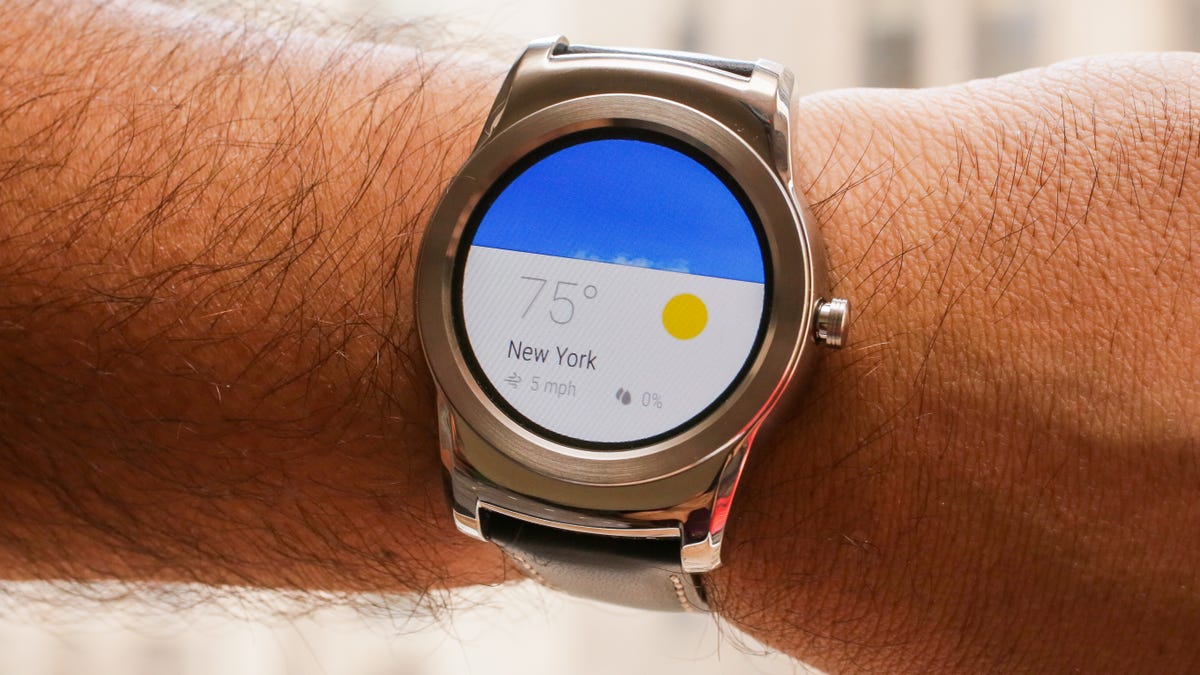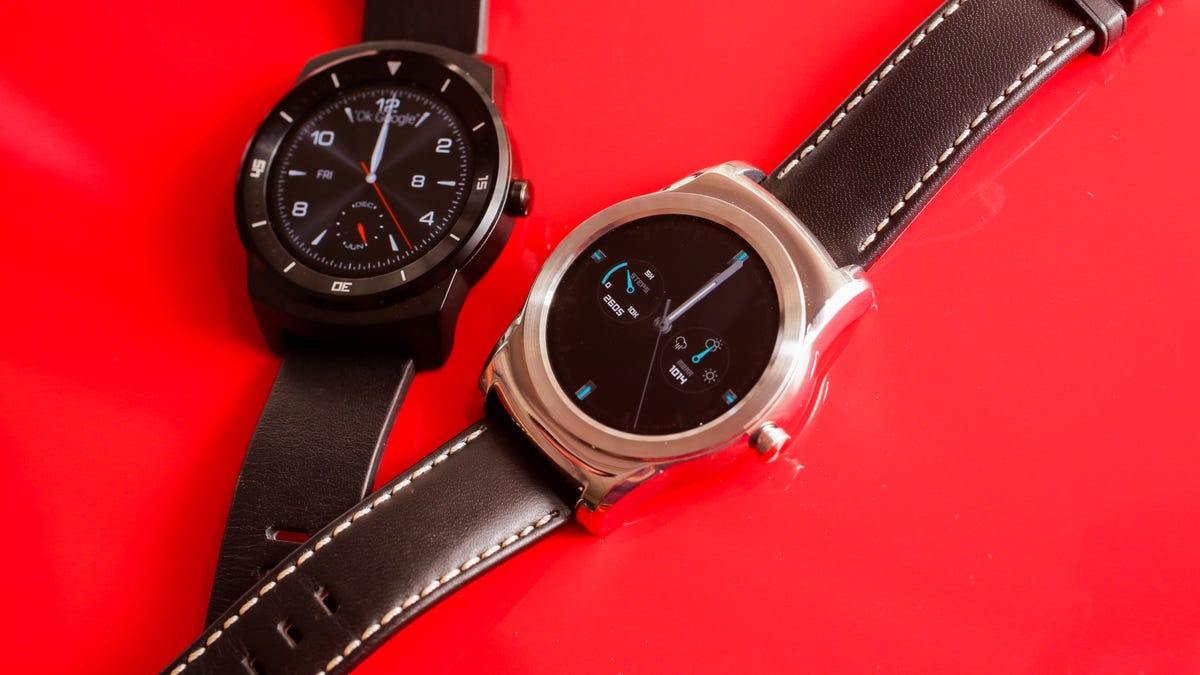
Sarah Tew/CNET
It’s been almost one year since Android Wear debuted on several mostly forgettable smartwatches. So where are we now? We now have half a dozen or so Android Wear watches, a lot of apps, and few people who seem compelled to actually buy one.
Google’s annual developers conference, I/O, is scheduled to kick off on Thursday, May 28, in San Francisco. (CNET will have complete live coverage and analysis.) The official agenda is mostly a mystery, but it’s a good bet that Android Wear will be a part of the presentation. I hope so — Google’s wearable OS has promise, but it needs to take things to the next level if it wants to be a contender.
Now that the Apple Watch has arrived — a pretty mixed-bag device, too — where does Google go next with its smartwatches? Can Android Wear take two, take everything to the next level? I’ve used nearly all Android Wear watches so far, and here’s my take on what Google needs to do for its wearable strategy going forward.


Sarah Tew/CNET
Go cheaper, not more expensive
I’ve seen a trend: fancy smartwatches. I don’t like it, not when price gets hiked up. The $350 LG Watch Urbane is the newest price threshold; last year, Android Wear watches started at $200. The price-to-be-announced Huawei Watch with its sapphire crystal, and the ridiculous-sounding Tag Heuer smartwatch — with its $1,400-range price tag — will take things in even more wallet-pounding directions.
The Apple Watch is way too expensive, too: I wouldn’t buy one for more than $399, and that’s still high. Google should follow the Android Path: ubiquitous, cheap. I want to see a $99 Android Wear watch.
Tune into CNET’s Google I/O live blog and show beginning at 9 a.m. PT on Thursday, May 28
Make them work on iOS
So far, Android Wear watches only work with Android phones, just as the Apple Watch only works with iPhones. But iPhone support for Android Wear may be on the horizon. We don’t know how well Android Wear watches will work with iPhones, but the fact that they’ll work at all — if Apple allows it — is great news. Notifications, hopefully fitness tracking, maybe Google Now voice commands and even Wear-compatible apps would be a great start. Smartwatches should work on as many phones as possible.
Allow the watches to work independent of the phone
The latest version of Android Wear has Wi-Fi support, but it’s not what you think. The watch itself is still basically a “dumb terminal” for accessing the phone, which acts as the bridge to the Internet. They can connect to each other, in separate locations, rather than just via Bluetooth, in the same room. But the phone still needs to be turned on and connected to cellular or Wi-Fi data, and the watch needs to be on a recognized Wi-Fi network you’ve set up beforehand.
I want to see these watches communicate directly with the Web via Wi-Fi, no phone necessary. Most people assume that’s what smartwatches already do. They don’t. But to get these wrist gadgets to feel essential or even useful, they need to get there. I usually have my phone with me, but I want the watch to be a valid alternative.
Samsung explored this with last year’s Gear S , but that watch needed its own SIM card for cell service, and had few good apps. I don’t need cellular connection on my watch, but I’d like it to access Wi-Fi without a phone needing to be on somewhere.


Sarah Tew/CNET
Stop forcing Google Now cards on me
So much of Android Wear is based on Google Now, and its semi-predictive way of thrusting cards at you that may or may not be what you’re interested in: weather, train times, sports scores. These cards keep coming back no matter how much you swipe them away, like gnats on a softball field.
If I want to experience Google Now, well, fine, I’ll try it out. But give me an easier way to deactivate it, lessen it, or pick another away of showing things on my watch. Make it more at-a-glance-like, like the Apple Watch: simple info I can look at if I want. Stop having it peek out at me, pushing into my timeline.
Do prettier things with those round watches
Round watches still feel like a novelty: the Moto 360, LG G Watch R, and Watch Urbane have oddly circular displays. For traditional watch faces, these round smartwatches create some great analog-watch facsimiles. But then, most of the rest of Android Wear feels oddly cropped, as if you’re viewing a normal screen through a round window.
There are many Android Wear apps, but few seem to take advantage of the round display. That’s also probably because the already sales-challenged Android Wear watch market only has a small subset of watches that are round. For developers to design attractive, uniquely round apps might be too much to ask.
But until these watches can look better in all the supported apps, it’ll feel weird to have a round smartwatch.


Sarah Tew/CNET
And…make better apps
Both Android Wear and Apple Watch have lots of apps, and many of them just aren’t that great. In the case of Android Wear, many apps feel a little slow to load, or hard to interact with. Many require you to check back with your phone.
Smartwatches, as a whole, still lack killer apps. Google’s improved its Android Wear apps: Google Fit finally allows basic fitness tracking and offline music playback, while annoying to set up, works. But neither is as full-featured or as easy to launch or use as I’d like.
Apps shouldn’t be an endless firehose: I want higher-quality apps, ones that will make the watch great. Otherwise, I’ll just use it to get notifications, which is what I usually default to.
Android Wear’s chance to shine: May 28
It won’t be long before Google addresses Android Wear once again…I hope. This time, the stakes are a little higher: now that everyone’s more familiar with smartwatches, Google has to convince people they actually need one.



